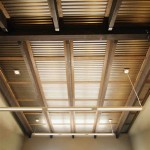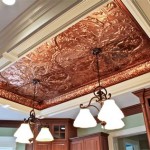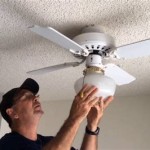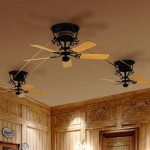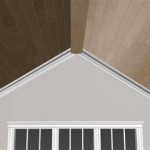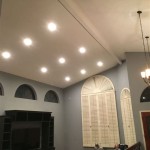Drop Ceiling vs. Suspended Ceiling: A Comprehensive Guide
In the world of ceiling systems, two popular options stand out: drop ceilings and suspended ceilings. Both have their distinct advantages and applications, but understanding their key differences is crucial for making an informed decision.
1. Construction and Installation:
Drop Ceilings: Drop ceilings, also known as lay-in ceilings, consist of prefabricated panels that simply drop into a metal grid system suspended from the main ceiling. They are easy to install and can be replaced or removed without affecting the main ceiling.
Suspended Ceilings: Suspended ceilings, on the other hand, have individual tiles or panels that are attached to a suspended framework, typically made of steel wire or aluminum. The framework is anchored to the main ceiling and supports the entire ceiling system.
2. Accessibility and Maintenance:
Drop Ceilings: Drop ceilings offer exceptional accessibility for maintenance, repairs, or access to utilities. The panels can be easily removed and replaced, providing quick access to the space above the ceiling.
Suspended Ceilings: Suspended ceilings are less accessible than drop ceilings. While the tiles themselves are usually removable, the framework system requires more effort to access the space above the ceiling.
3. Acoustical Performance:
Drop Ceilings: Drop ceilings can provide moderate acoustical performance by absorbing sound waves. However, the open grid system and exposed edges can limit their noise reduction capabilities.
Suspended Ceilings: Suspended ceilings generally offer better acoustical performance due to their closed design. Their dense material and seamless appearance help reduce noise transmission and enhance sound absorption.
4. Aesthetics and Design:
Drop Ceilings: Drop ceilings are available in various styles, colors, and textures, allowing for customization and aesthetics. They can create a modern and open look, with the exposed grid system adding a distinct architectural element.
Suspended Ceilings: Suspended ceilings offer a wider range of designs, including smooth, textured, perforated, and even curved panels. They can be tailored to suit specific aesthetic preferences and architectural styles.
5. Cost and Budget:
Drop Ceilings: Drop ceilings are generally more cost-effective than suspended ceilings. The installation process is less complex, and the prefabricated panels are typically less expensive.
Suspended Ceilings: Suspended ceilings can be more expensive due to the higher installation costs and the use of more advanced materials. However, they offer superior durability and longevity, making them a worthwhile investment in the long run.
6. Applications:
Drop Ceilings: Drop ceilings are ideal for commercial spaces such as offices, schools, and retail stores. They provide quick accessibility, easy maintenance, and a modern aesthetic.
Suspended Ceilings: Suspended ceilings are well-suited for areas requiring high acoustical performance, such as auditoriums, conference rooms, and recording studios. Their versatile designs also make them popular in residential and healthcare settings.
Conclusion:
Choosing between a drop ceiling and a suspended ceiling depends on various factors, including accessibility, acoustical performance, aesthetics, budget, and application. Drop ceilings offer ease of installation, lower costs, and accessibility, while suspended ceilings provide superior sound absorption, versatility, and durability. By carefully considering these aspects, you can make an informed decision that meets the specific requirements and preferences of your space.

This Vs That Exposed Ceiling Or Acoustical Dbs Group Llc

Ceilings 101 Drop Ceiling Vs Drywall Elegant Walls

Drop Ceiling Or Drywall Which One Should You Choose

Dropped Suspended Grid Ceiling Design Ideas Advantages Disadvantages

What Is A Drop Or Dropped Office Ceiling Progressive Cabling

Ceilings 101 Drop Ceiling Vs Drywall Elegant Walls

Suspended Ceilings Vs Mf Cis

What Are The Types Of Suspended Acoustic Ceilings 9wood

What Is The Difference Between Mf Ceilings And Suspended

False Ceiling Vs Suspended Galaxy Insulation
Related Posts

